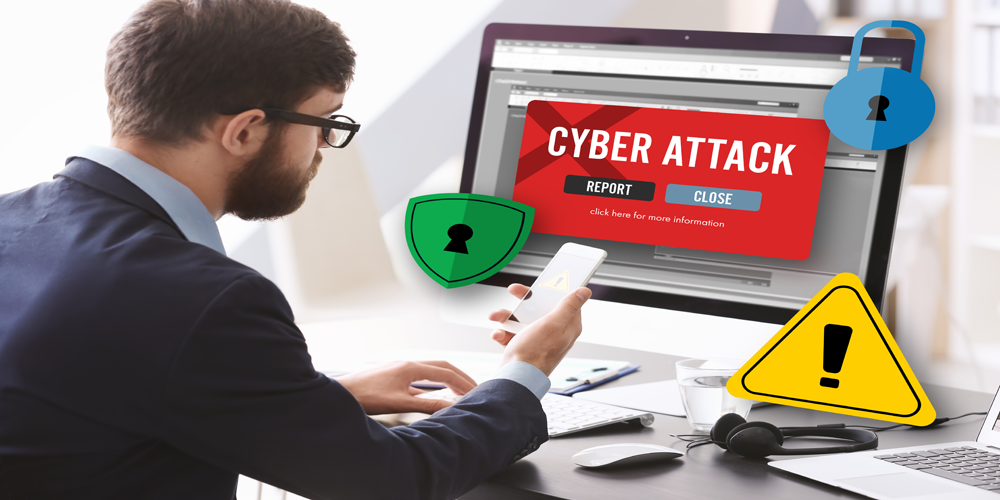Avoiding Becoming a Victim of a Cyber Attack
Cyber security is the means by which businesses can reduce the risk of becoming victims of cyber attack.
Cyber security’s core function is to protect the devices we all use (smartphones, laptops, tablets and computers), and the services we access – both online and at work – from theft or damage. It’s also about preventing unauthorised access to the vast amounts of personal information we store on these devices, and online.
Cyber security is important because smartphones, computers and the internet are now such a fundamental part of modern life, that it’s difficult to imagine how we’d function without them. From online banking and shopping, to email and social media, it’s more important than ever to stake steps that can prevent cyber criminals getting hold of our accounts, data, and devices.
Protecting yourself and your business from cyber security risks can seem daunting but there are some simple steps you can take to ensure you have the basics in place.
A good place to begin would be to use our Small Business Guide. By doing so you can significantly increase your protection from the most common types of cyber crime helping you to protect your organisation’s data, assets, and reputation.
Small Business Guide: Cyber Security
The National Cyber Security Centre suggests five quick and easy steps outlined in a guide that could save time, money and even your business’ reputation. This guide can’t guarantee protection from all types of cyber attack, but the steps outlined below can significantly reduce the chances of your business becoming a victim of cyber crime.
If you want to improve your cyber security further, then you can also seek certification under the Cyber Essentials scheme, which has the benefit of demonstrating to your clients (or prospective clients) that you take the protection of their data seriously.
Step 1 – Backing up your data
5 things to consider when backing up your data.
Step 2 – Protecting your organisation from malware
5 free and easy-to-implement tips that can help prevent malware damaging your organisation.
Step 3 – Keeping your smartphones (and tablets) safe
5 quick tips that can help keep your mobile devices (and the information stored on them) secure.
Step 4 – Using passwords to protect your data
5 things to keep in mind when using passwords.
Step 5 – Avoiding phishing attacks
Steps to help you identify the most common phishing attacks.
The National Cyber Security Centre also offers Download a Small Business Guide infographic or a PDF version of the guidance.
